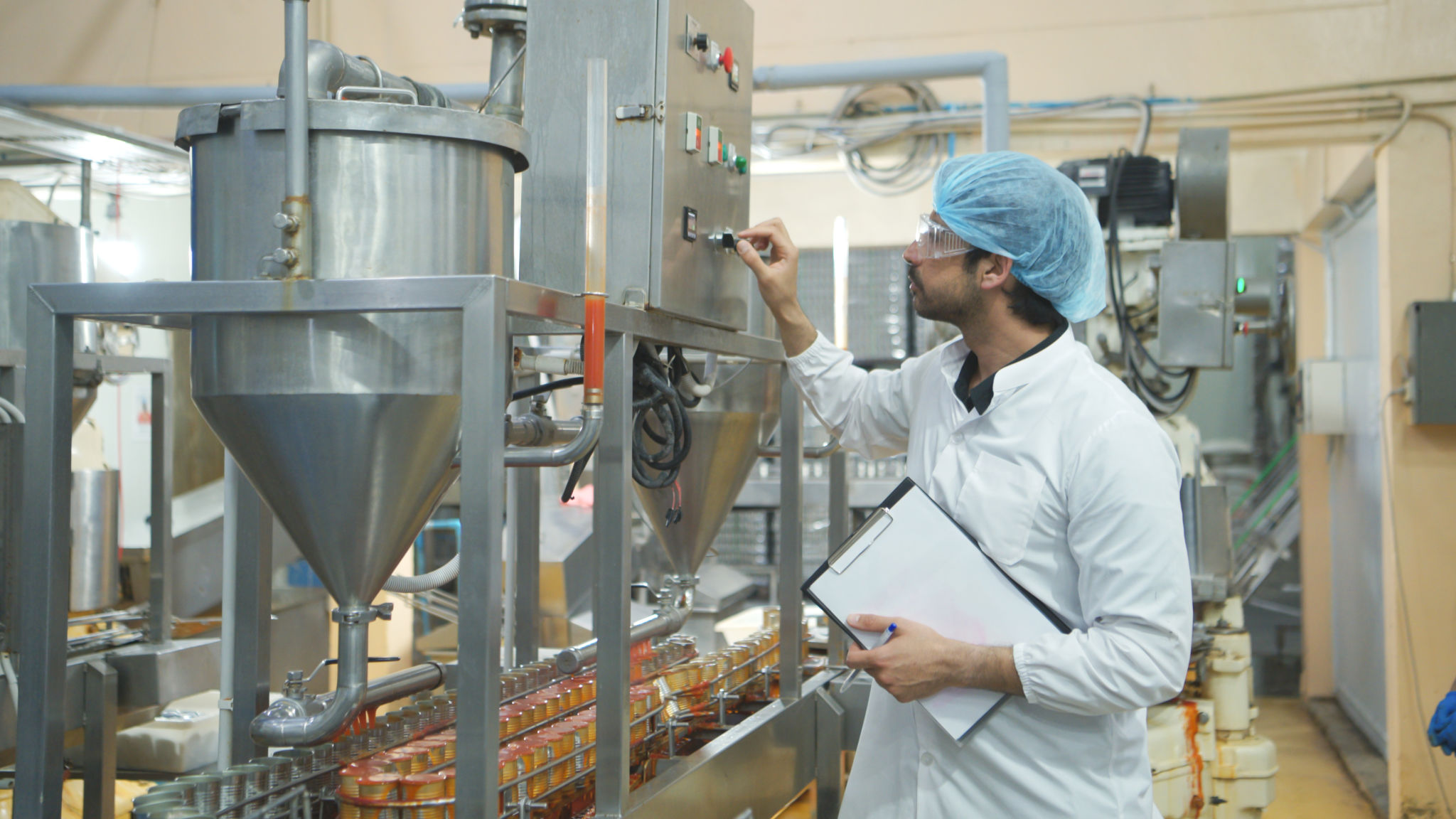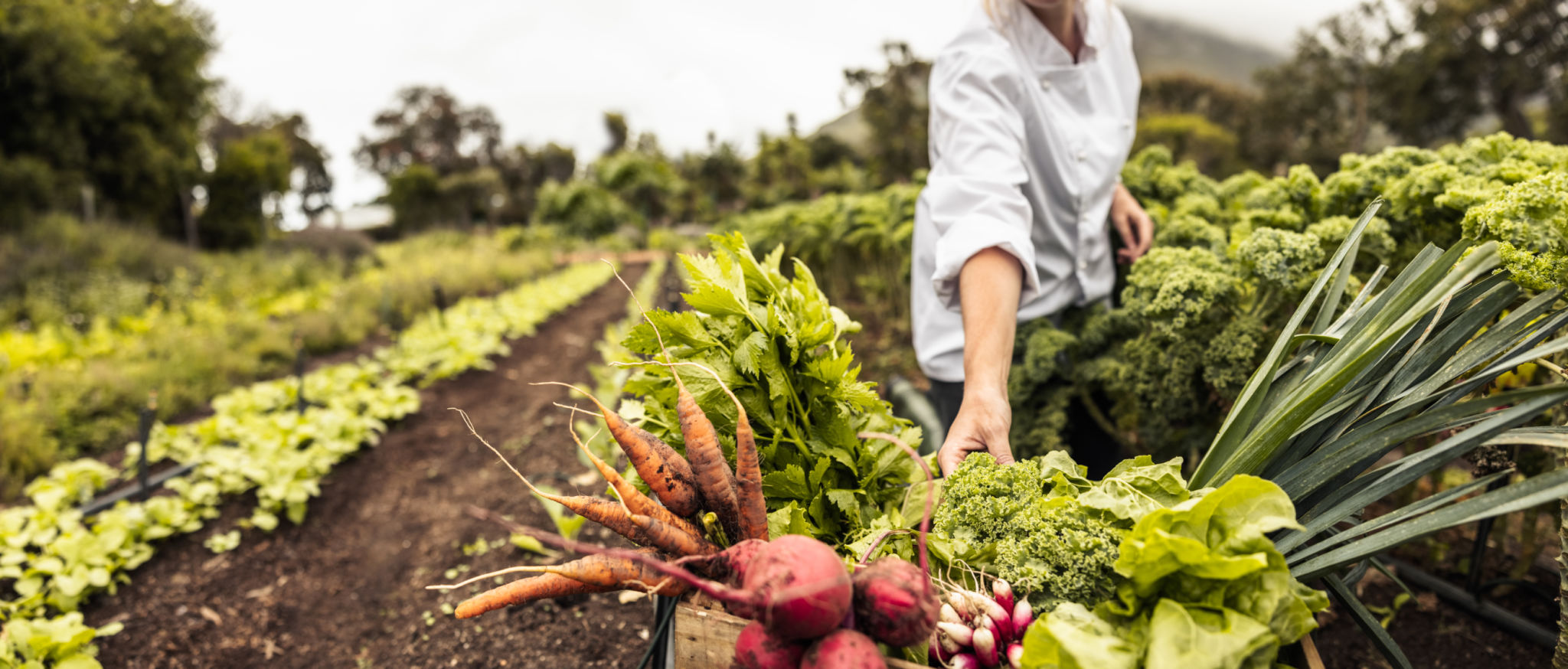Comprehensive Guide to Packaging Solutions for the Food Industry
Understanding the Importance of Packaging in the Food Industry
Packaging plays a crucial role in the food industry, acting as a protective barrier against contamination, extending shelf life, and providing essential information to consumers. It not only preserves the quality and safety of food products but also enhances their appeal on store shelves. With the increasing demand for sustainability, packaging solutions are evolving to meet environmental standards while maintaining functionality.

The Role of Materials in Food Packaging
Choosing the right material is fundamental in food packaging. Options range from traditional materials like glass, metal, and plastic to more sustainable choices such as biodegradable plastics and compostable materials. Each material offers unique benefits and challenges. For instance, glass is impermeable and recyclable but can be heavy and fragile, whereas plastic is lightweight and versatile, though it often raises environmental concerns.
Companies are now exploring innovative materials such as edible films and smart packaging that can change color to indicate spoilage. These advancements not only improve food safety but also address the growing consumer demand for eco-friendly alternatives.
Types of Packaging Solutions
The food industry utilizes various types of packaging solutions, each tailored to specific product needs. Common types include:
- Flexible Packaging: Ideal for snacks and ready-to-eat meals due to its lightweight and space-saving properties.
- Rigid Packaging: Offers robust protection for products like dairy and beverages.
- Aseptic Packaging: Used for long shelf-life products such as juices and soups, maintaining sterility without refrigeration.

Sustainability in Food Packaging
Sustainability is a key focus in modern packaging solutions. Manufacturers are increasingly adopting practices that reduce waste and energy consumption. This includes using recycled materials, optimizing packaging design to minimize material usage, and implementing closed-loop recycling systems.
Consumers are also driving this shift by showing preference for brands that prioritize environmental responsibility. As a result, companies are investing in research and development to create packaging that is not only sustainable but also cost-effective.
Innovations Shaping the Future
The future of food packaging is set to be defined by technological advancements. Smart packaging technologies are being developed to enhance consumer interaction through features like QR codes that provide product information and augmented reality experiences. Additionally, nanotechnology is being explored to improve barrier properties and extend shelf life further.

Another innovation gaining traction is active packaging, which incorporates substances that interact with food to prolong freshness actively. These innovations are not only improving food safety but also offering new ways for brands to engage with their customers.
Regulations and Compliance
Adhering to regulations is vital in the food packaging industry. Packaging must comply with food safety standards set by organizations like the FDA or EFSA, ensuring that materials used do not contaminate food. Compliance with labeling laws is also crucial as it provides consumers with necessary product information such as ingredients, nutritional facts, and allergen warnings.
The dynamic nature of regulations means manufacturers must stay informed about changes to maintain compliance and avoid costly recalls or legal issues.
Conclusion
The landscape of food packaging solutions is continuously evolving, driven by technological advancements and an increasing emphasis on sustainability. By understanding the various materials, types, and innovations in food packaging, businesses can make informed decisions that enhance product safety, consumer satisfaction, and environmental responsibility.

